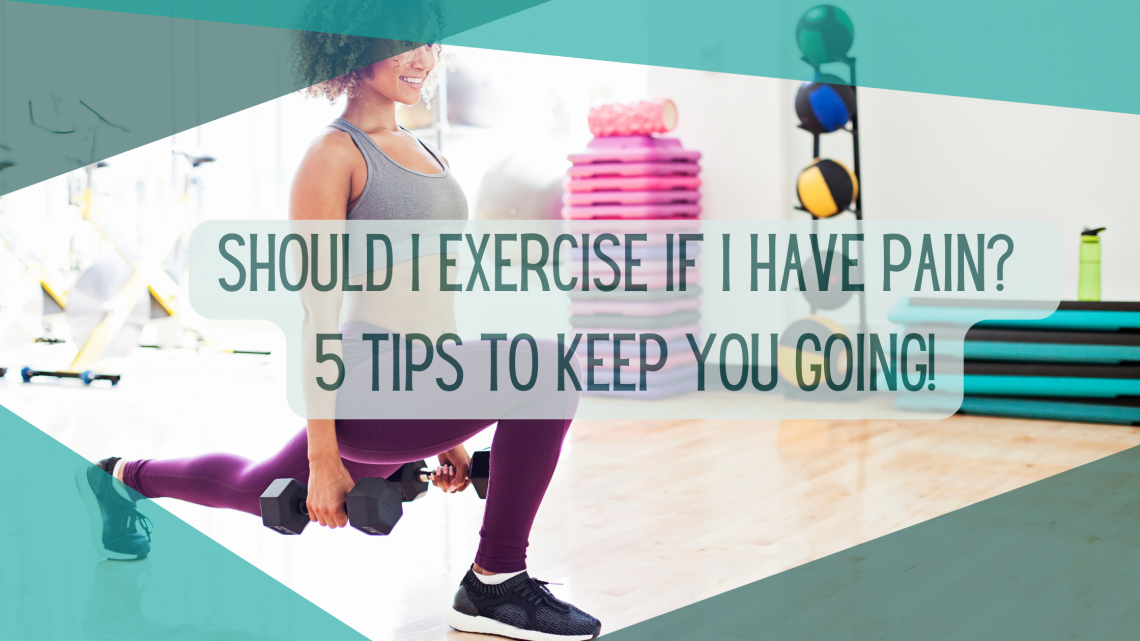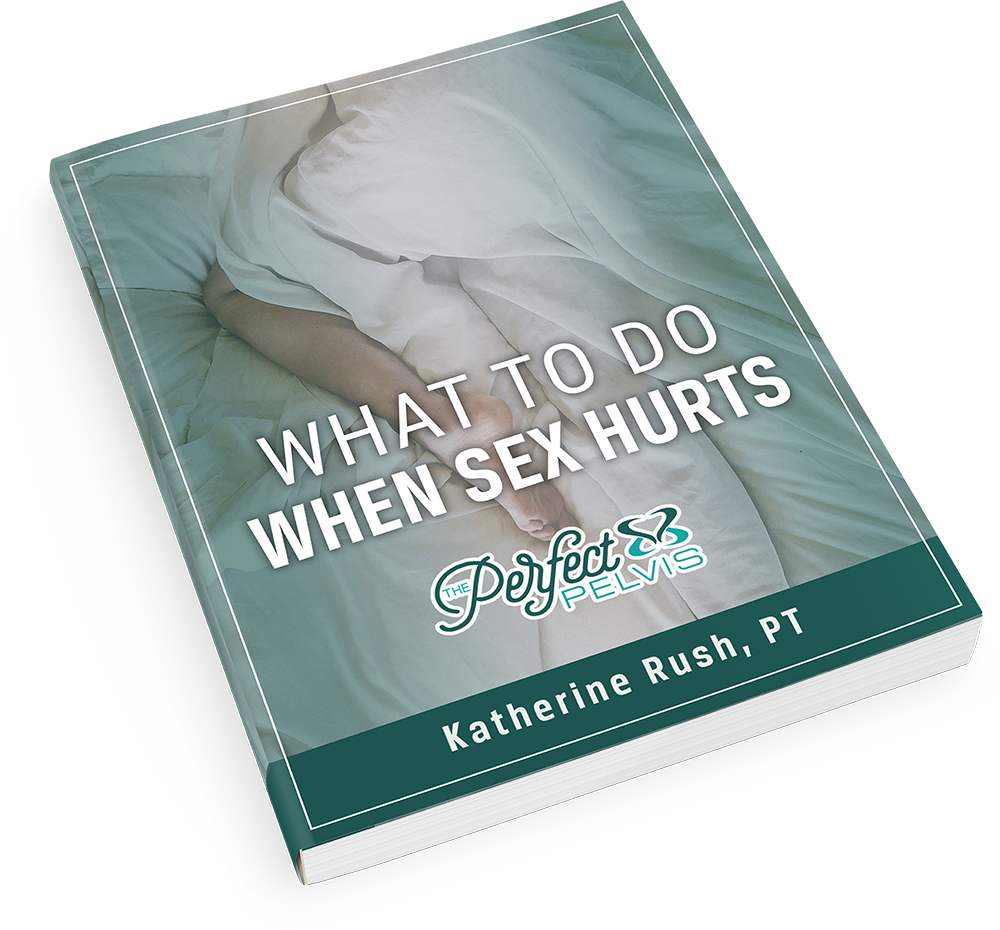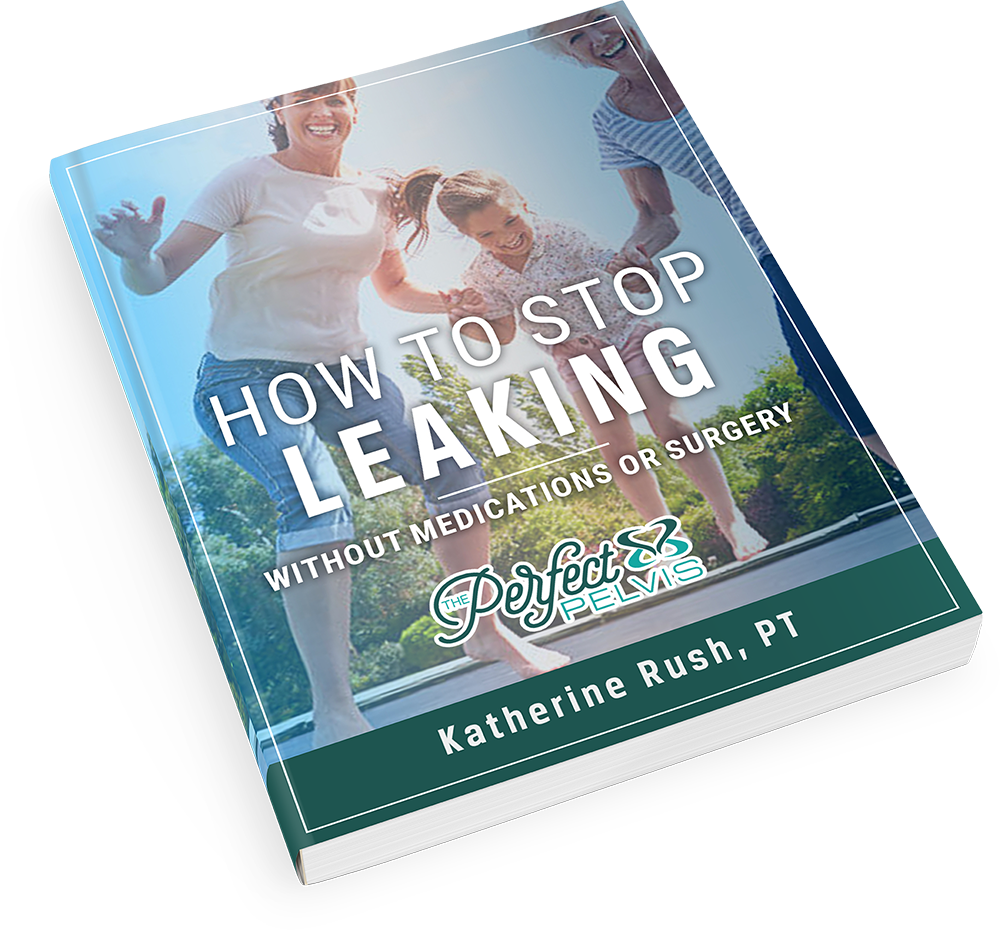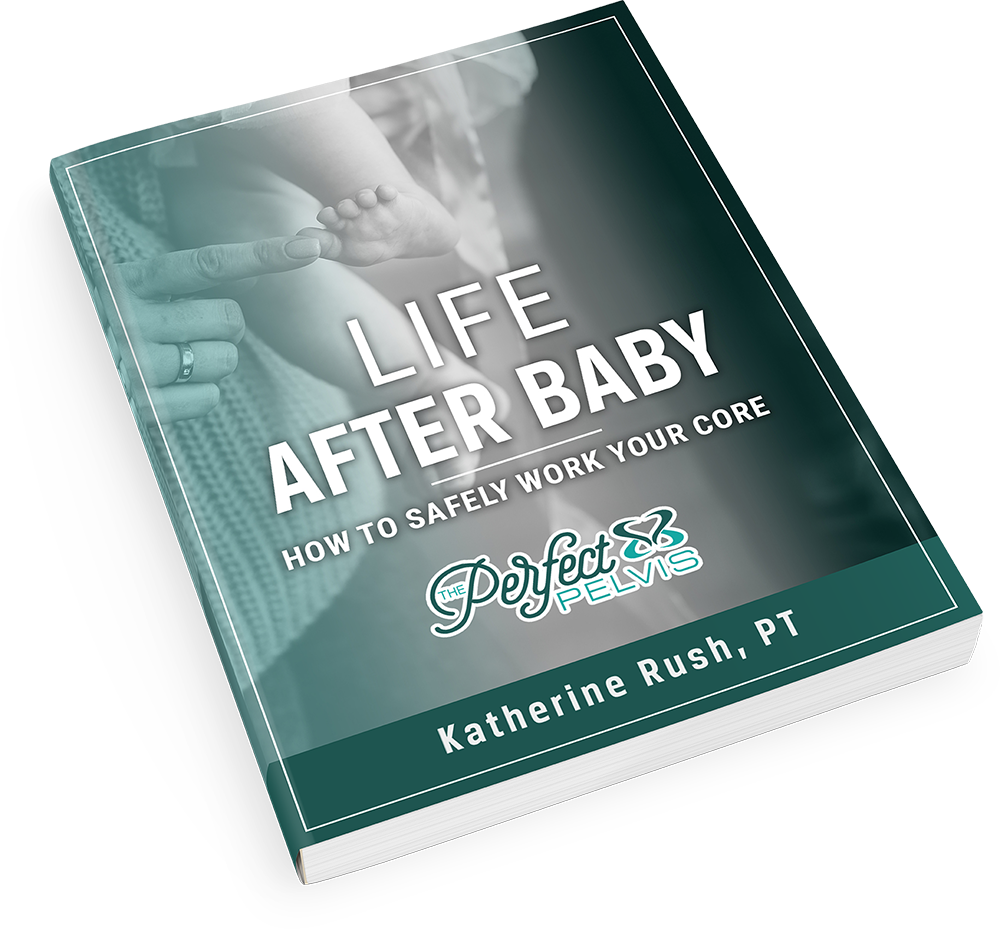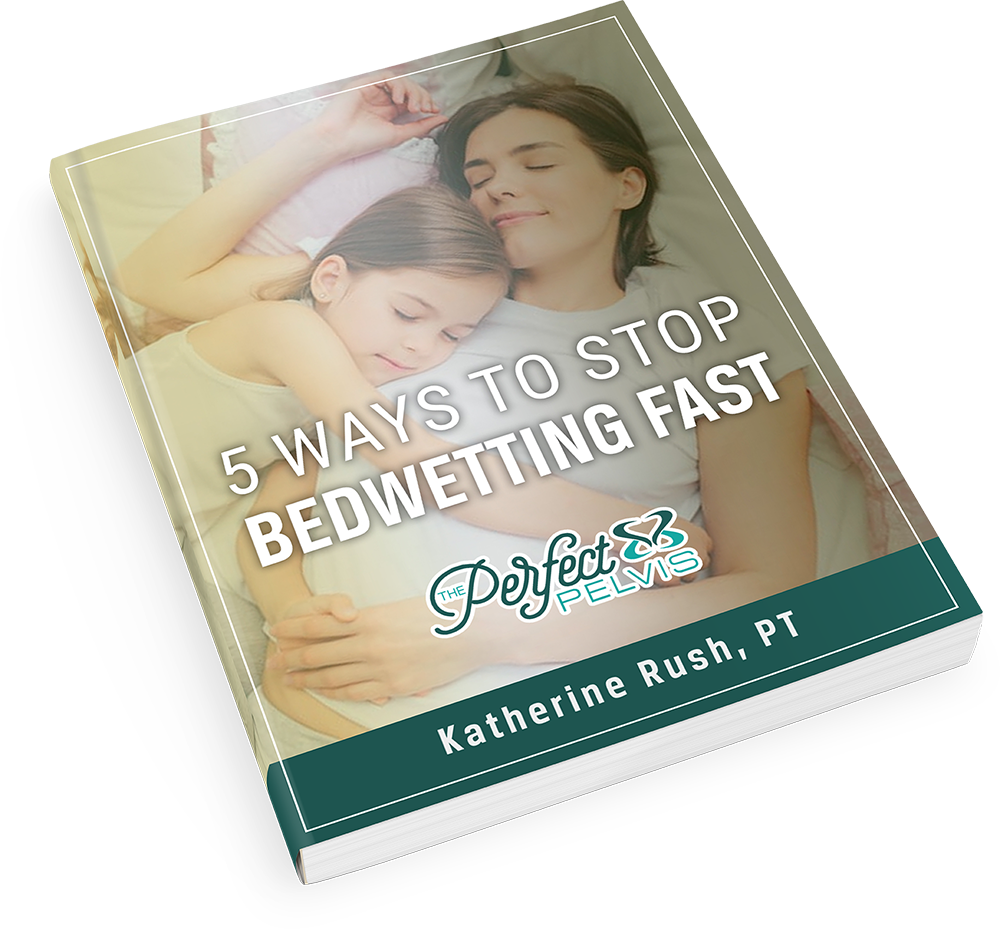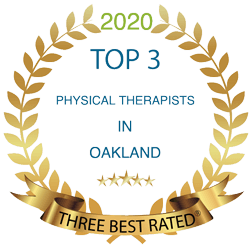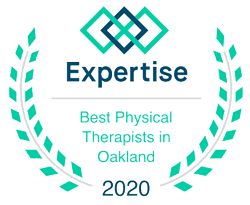The short answer is yes. Exercise is the biggest pain killer on the planet. If you run 6 miles your body will release the equivalent of 10 mg of morphine. But you need to make sure you do it safely. For example, if you haven’t run in years and all of a sudden you decide to run a marathon, you will just hurt more.
So what is the best way to start exercising if you are in pain?
TIP #1
Remember that no pain, no gain is a myth. You should tease it, touch it, and back off. If you never work into pain at all, you won’t make progress. Conversely, if you work so hard, you are in significant pain, you will spend more time trying to recover than actually training. Start by barely exercising your pain, and then back off. To illustrate, think about what it’s like to pop popcorn. You go in to pop popcorn for your date night with your significant other and you realize that it’s a different brand that you normally use. And you don’t know how long it’s supposed to be in the microwave. Do you just put it in for 10 minutes and see what happens? No, because what’s going to happen after 10 minutes is your popcorn is going to be burnt and your date night is going to be ruined. What do most people do? They put the popcorn in for a minute to see what happens. If nothing has popped, then they put it in for another minute. Now we start to hear a little bit of popping… Then you put it in for another minute until it stops popping. This is exactly how we want to look at exercise. You don’t go all out and do everything all at once and hope for the best. You do a little bit, stop to see how you feel and if you’re okay, then you do a little bit more.
TIP #2
If it hurts I should stop, is also a myth. There are exceptions for certain conditions, and if you are unsure, make sure you speak to your physician about this. And in these cases, if something is hurting, then you do need to stop. But in many cases just normal exercising will cause some soreness and discomfort. That is not an indication that you need to stop the activity. In order to make progress, you need to push into the pain just a little bit, and then back off.
So how can you get pain relief benefits from exercise?
TIP#3
You need to exercise at least 50% of your VO2 Max for at least 10 minutes. If you happen to know what your VO2 Max, awesome. If not, for most people, this means getting your heart rate up to about 120.
How often should you exercise?
TIP#4
Think about brushing your teeth. Most people brush their teeth two times a day, once in the morning and once in the evening. So if you do the math, in a week that means you would have brushed your teeth 14 times. Would it be okay to brush your teeth 14 times on Sunday? Of course not. It’s important to spread out the times you are brushing your teeth. It’s the same with exercise. Don’t try to do everything all at once. Daily exercise is the goal, even if it’s for a short period of time. At first it’s important to establish the habit.
TIP#5
Set reasonable, and achievable goals. Do you have a specific goal for exercise? Write it down. Then also write down where you are right now. For example, suppose your goal is to run a marathon. Currently you can run for 1 minute before you have pain. It would not be a good idea to plan your marathon for next week. However, you might be able to do it in a year. So set achievable goals for each week and month that get you closer to your overall goal of running a marathon. Set your sights on the goal and then create a plan from where you are focusing on the habit you are establishing. So a reasonable goal for the following week might be to run a minute and a half or 2 minutes. Remember to tease it, test it, and back away from the pain.

